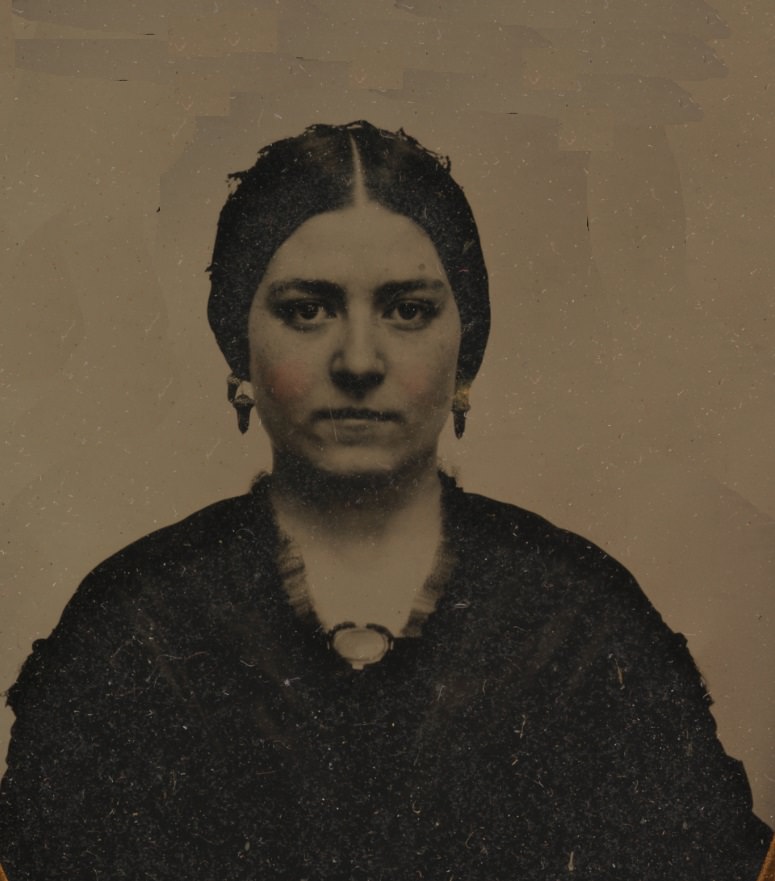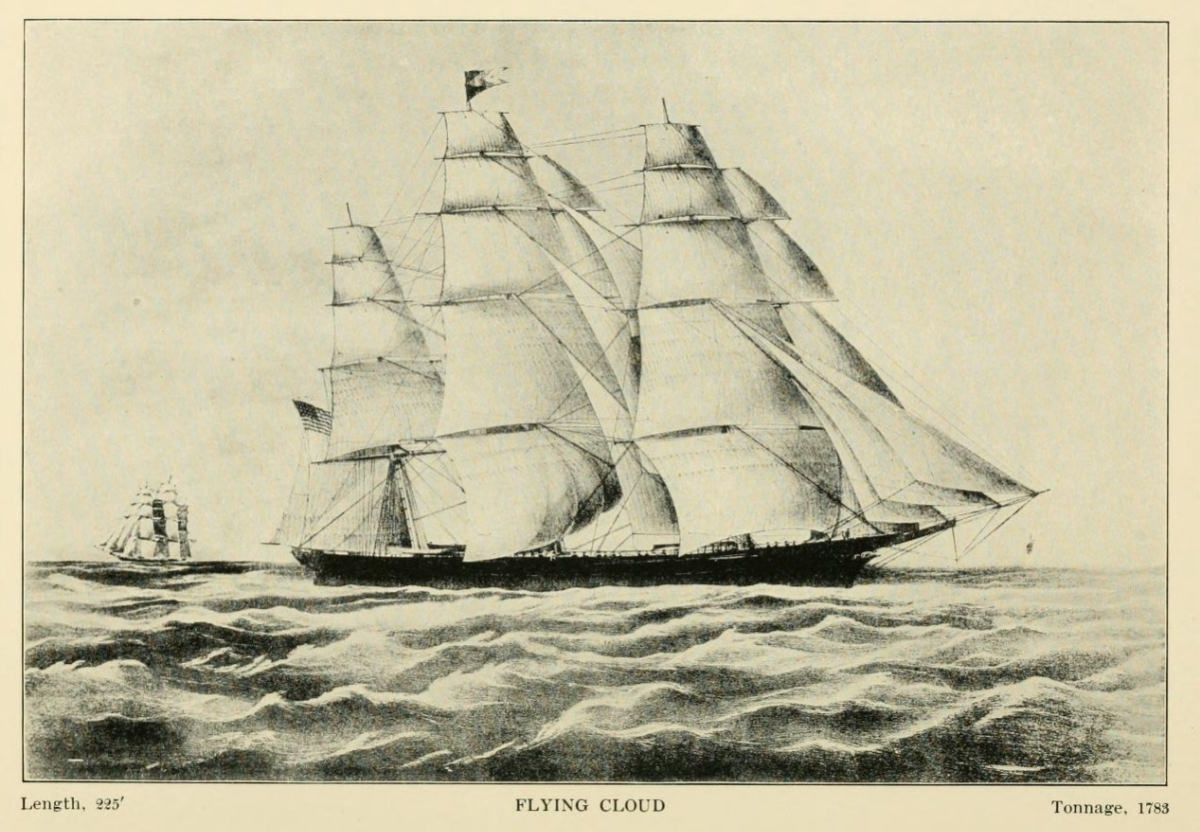In 1856, Mary Ann Brown Patten’s remarkable journey at sea made her the first female commander of an American merchant vessel. At just 19 years old and eight months pregnant, she navigated the clipper ship Neptune’s Car from New York to San Francisco, overcoming daunting challenges including her husband’s severe illness, a near-mutiny, and treacherous seas.

The Neptune’s Car, captained by Joshua Patten, Mary’s husband, set sail from New York to San Francisco on July 1, 1856. The voyage was not just a routine journey; it was part of a high-stakes race against two other clipper ships, the Intrepid and Romance of the Seas. Speed was crucial, as bets were often placed on which ship would arrive first. This competitive spirit heightened the voyage’s intensity and the pressure on the crew.

During the voyage, as Neptune’s Car neared Cape Horn, Captain Patten collapsed from tuberculosis and fell into a coma. Under normal circumstances, the first mate would assume command. However, Captain Patten had previously confined the first mate to his cabin for negligence and suspected sabotage, as he might have placed bets on the competing ships. The second mate, illiterate and unable to navigate, was not a viable option, leaving Mary Patten as the most qualified person to lead the ship.
The journey’s turning point came when the former first mate attempted to incite a mutiny. He urged the crew to divert to Valparaiso, arguing it would be safer than continuing to San Francisco. Mary Patten, understanding the risks of losing crew and cargo by stopping, addressed the crew directly. Her leadership and determination won their unanimous support, quelling the mutiny and securing her command.
Over the course of 56 days, Mary Patten showed extraordinary resilience and dedication. She reportedly did not change her clothes for 50 days, dedicating her time to studying medicine to care for her blind and bedridden husband. Her efforts kept him alive throughout the voyage. Despite the immense physical and emotional strain, she successfully navigated the ship through some of the most challenging waters in the world.
Triumphant Arrival in San Francisco
Upon reaching San Francisco Harbor, Mary Patten declined assistance from a pilot to navigate the ship into port, choosing instead to take the helm herself. Her skilled navigation brought Neptune’s Car to San Francisco as the second ship, outpacing the Intrepid. This achievement was remarkable given the difficulties encountered during the voyage.
Mary Patten’s extraordinary command was recognized by the ship’s insurers, who awarded her $1,000 in February 1857 for saving them a significant sum of money. Her humble response to this reward, stating that she had only performed her duty as a wife, underscored her modesty and dedication.
After the journey, Joshua Patten survived the return trip to New York aboard the steamer George Law. The couple safely made it back to Boston, where, less than a month after arriving, Mary gave birth to a son, named Joshua in honor of his father. Tragically, Captain Patten passed away in July 1857, a short time after their son’s birth.
Mary Ann Brown Patten’s heroism and navigational skill were further acknowledged with a relief fund set up by the Boston Courier, from which she received $1,399. This support, combined with the recognition she received, highlighted the extraordinary nature of her achievement.


